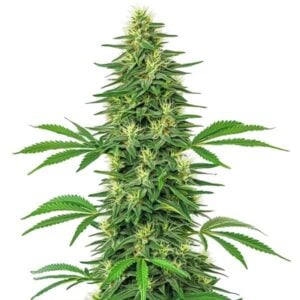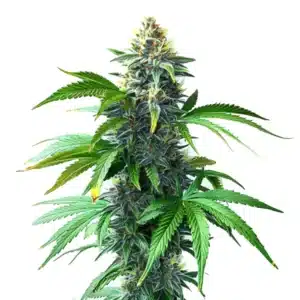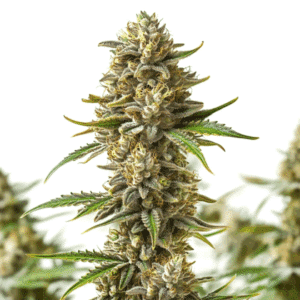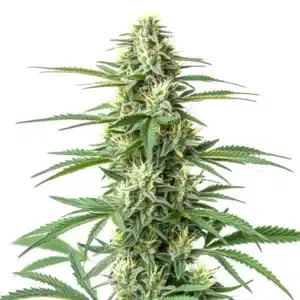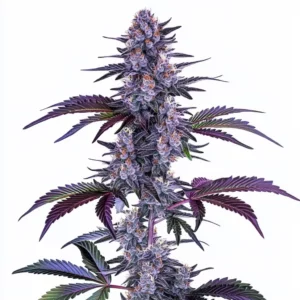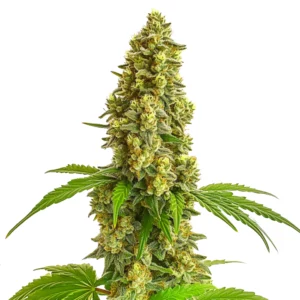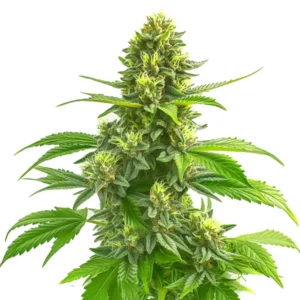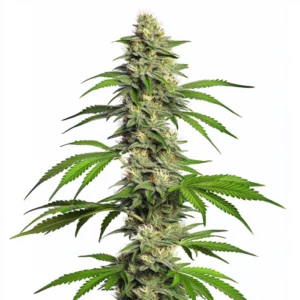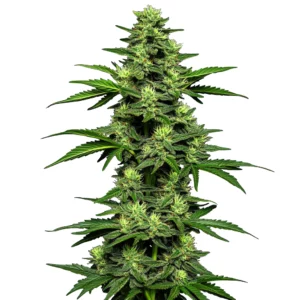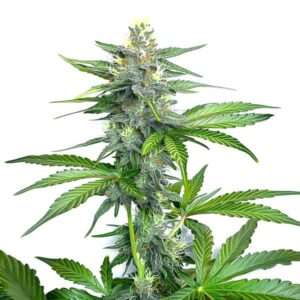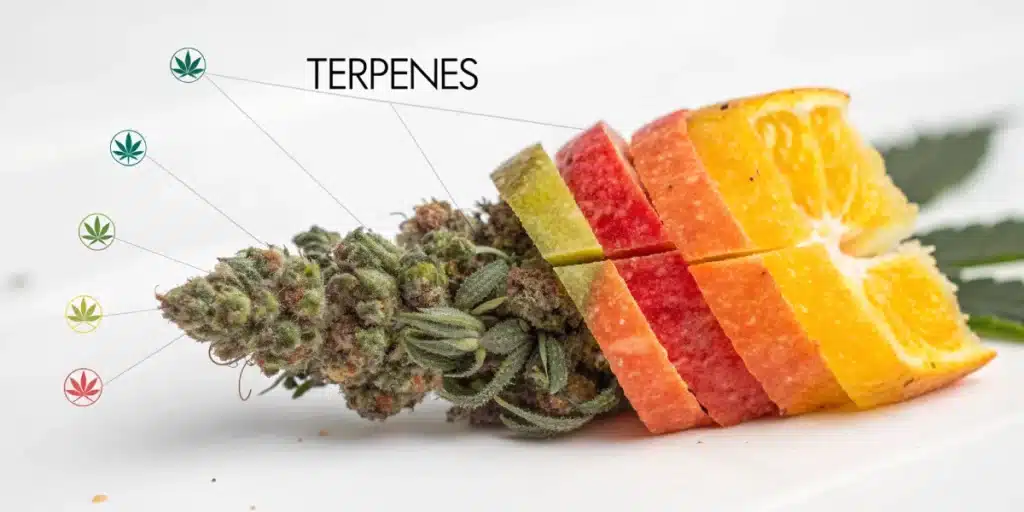
Guide to Cannabis Terpenes
When you ask, “what is a good terpene level for cannabis?” you want clear, simple answers. Many users repeat, “what is a good terpene level for cannabis?” to find the best products. You are not alone.
This guide explains cannabis terpenes in a fun and clear way. Short sentences help you follow along. Let’s jump right in and learn together.
Recommended Strains
Alien OG
|
|
THC | 22% - 28% (High) |
|
|
Type | Feminized |
|
|
Yield | Medium |
|
|
Phenotype | 50% Indica / 50% Sativa |
Jack Herer
|
|
THC | 20% (Medium) |
|
|
Type | Feminized |
|
|
Yield | High |
|
|
Phenotype | 40% Indica / 60% Sativa |
What Are Cannabis Terpenes?
Cannabis terpenes are natural oils found in the cannabis plant. They give each strain its unique smell and taste. Terpenes come from tiny resin glands on the buds. They add flavor to every puff and work with cannabinoids. Terpenes can lift your mood or help you relax.
Different strains produce different terpenes. Some common ones are limonene, myrcene, and linalool. Limonene smells citrusy. Myrcene has an earthy scent. Linalool offers a floral aroma. Each terpene has its own charm.
Good terpene profiles boost flavor and effects. They also create a balanced experience. When you ask, “what is a good terpene level for cannabis?” you look for that balance.
Promos & Deals
Terpene Levels
Terpene levels show the percentage of terpenes in an extract. Labs use gas chromatography to measure these levels. A balanced product might have 1-3% terpenes. Many experts agree that this range helps answer, “what is a good terpene level for cannabis?” for most uses.
Several factors affect terpene levels. The plant’s genetics matter a lot. Growing conditions, such as light and temperature, also change terpene content. Extraction methods can boost or lower these levels. Check lab reports to learn what is a good terpene level for cannabis in a given product.
Remember, higher numbers do not always mean better quality. A strain with 4% terpenes might overpower other compounds. The best products have balanced profiles that let all chemicals work together. Use clear lab data to know what is a good terpene level for cannabis.
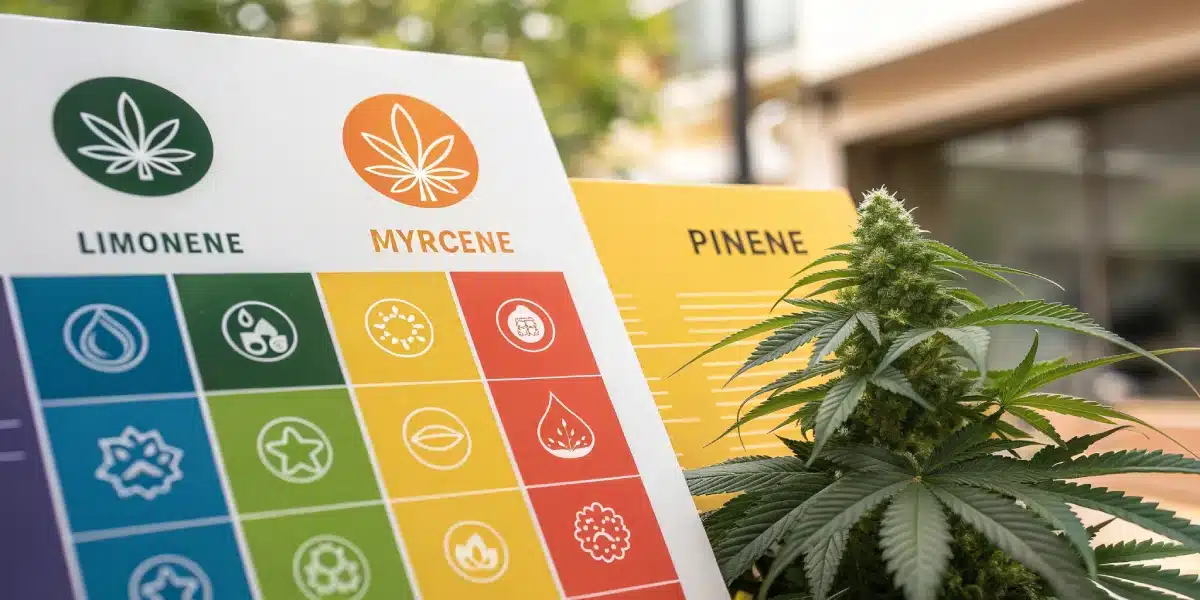
Benefits of the Right Terpene Balance
A balanced terpene level enhances your cannabis experience. It deepens flavor and refines the aroma. The right mix also boosts therapeutic effects. Terpenes and cannabinoids work together to create what is known as the entourage effect.
A good balance may reduce inflammation, ease pain, and lower stress. It also helps produce a smoother, more reliable effect. Many users ask repeatedly, “what is a good terpene level for cannabis?” because they know balance matters.
When terpenes mix well with cannabinoids, you enjoy consistent results. Whether you want a burst of creativity or a soothing calm, balanced terpenes can help. Look for products with detailed lab reports. These reports help you know what is a good terpene level for cannabis.
Tips for Assessing Terpene Quality
Always read the lab analysis. Look for clear percentages and terpene names. Choose products that list specific terpene types. Avoid vague or missing data.
Use your nose as a guide. A rich, complex scent often means a high-quality terpene profile. Trust your senses when you sample a product.
Ask vendors for extra details if needed. Good sellers provide transparent lab results. This helps you decide what is a good terpene level for cannabis.
Different Terpenes and Their Benefits
Cannabis terpenes add unique flavors and therapeutic effects to each strain. In this section, we expand on several key terpenes and explain their benefits in more detail. Understanding these can help you decide which products might offer the best experience for you.
Limonene
Limonene is one of the most popular terpenes in cannabis. It gives off a bright, citrus scent reminiscent of oranges and lemons. This terpene is well-known for its mood-enhancing properties. Many users feel uplifted and energized when they inhale limonene-rich strains.
Beyond boosting mood, limonene may also help reduce stress and anxiety. It is thought to support immune function and promote a sense of well-being. Research suggests that limonene can act as an antioxidant, protecting cells from damage. Its fresh aroma also adds a zesty flavor to your cannabis experience.
Overall, limonene is prized for its refreshing quality. If you enjoy a burst of citrus in your cannabis, look for strains that highlight limonene in their terpene profile.
Example of strain that has this terpene: Super Lemon Haze
Myrcene
Myrcene is one of the most abundant terpenes in many cannabis strains. It has a distinct earthy, musky aroma, often compared to cloves or hops. Myrcene is best known for its relaxing effects, which can help soothe both body and mind.
Many users report that myrcene contributes to a calming, sedative effect, making it easier to unwind after a long day. It is also believed to enhance the absorption of cannabinoids, increasing the overall potency of the cannabis product. Some studies even suggest that myrcene may help reduce inflammation and pain.
Because of these properties, myrcene is a favorite among those seeking relief from stress and discomfort. Its presence in a strain can be a good indicator of a relaxing and deeply soothing experience.
Example of strain that has this terpene: OG Kush
Pinene
Pinene is recognized by its crisp, pine-like aroma that is both invigorating and refreshing. It is one of the most common terpenes found not only in cannabis but also in pine trees and rosemary. Pinene is known to support alertness and improve memory.
Users often note that strains high in pinene help clear mental fog and boost concentration. Its anti-inflammatory properties may also contribute to pain relief. Pinene works well to counteract some of the short-term memory loss effects sometimes seen with other cannabinoids.
If you are looking for a strain that can enhance your focus and provide a burst of mental clarity, pinene-rich cannabis might be the ideal choice.
Example of strain that has this terpene: Jack Herer
Linalool
Linalool has a light, floral scent with a hint of spice. It is widely appreciated for its calming and anti-anxiety effects. Many users find that linalool helps to soothe stress and promote relaxation without causing sedation.
This terpene is also known for its potential analgesic (pain-relieving) properties. Linalool can help reduce inflammation, which may ease discomfort in chronic pain conditions. Its gentle aroma makes it a popular choice for evening or nighttime use when you need to wind down.
Overall, linalool is favored by those who want a subtle yet effective way to calm the mind and relax the body. Its balanced effects make it a versatile terpene in many cannabis strains.
Example of strain that has this terpene: LA Confidential
Caryophyllene
Caryophyllene is unique among terpenes because it can interact directly with the body’s cannabinoid receptors. It has a spicy, peppery scent often described as woody or clove-like. This terpene is known for its strong anti-inflammatory properties.
Because caryophyllene binds to CB2 receptors, it can help reduce inflammation and pain without producing any psychoactive effects. Many users value this terpene for its ability to promote a sense of balance and support overall immune health. It often works well in tandem with other cannabinoids to enhance the entourage effect.
If you are interested in the therapeutic benefits of cannabis without the high, strains with high caryophyllene levels may offer the relief you need.
Example of strain that has this terpene: Girl Scout Cookies
Terpinolene
Terpinolene is a more subtle terpene with a fresh, herbal aroma that sometimes carries hints of pine and citrus. It is less common than some of the other terpenes but has a unique profile that many users find appealing.
This terpene is noted for its antioxidant properties, which can help protect cells from damage. Terpinolene may also offer mild sedative effects, making it useful for those who need a gentle way to unwind. Its complex aroma adds a layer of depth to the cannabis flavor profile.
Strains rich in terpinolene are often chosen for their balanced effects, where a slight calming influence meets a refreshing, herbal lift. This makes terpinolene a versatile addition to many cannabis blends.
Example of strain that has this terpene: Ghost Train Haze
Humulene
Humulene provides a woody and earthy scent, similar to that of hops. It is commonly found in both cannabis and various herbs, including basil and coriander. Humulene is known for its appetite-suppressing qualities and anti-inflammatory effects.
This terpene can help balance the overall effects of cannabis by reducing inflammation and possibly curbing appetite. Its subtle, earthy aroma often complements stronger scents in a blend, creating a well-rounded flavor profile. Humulene’s benefits extend to supporting overall wellness, making it a valued component in many therapeutic cannabis strains.
For those who want a more balanced experience, a strain with a noticeable level of humulene might be the perfect match.
Each of these terpenes plays an important part in answering the question, “what is a good terpene level for cannabis?” A balanced mix of these compounds can greatly enhance your overall cannabis experience by improving flavor, aroma, and therapeutic effects. Look for products that provide detailed lab reports and list these key terpenes clearly. This way, you can choose the best products for your needs and preferences.
Example of strain that has this terpene: White Widow
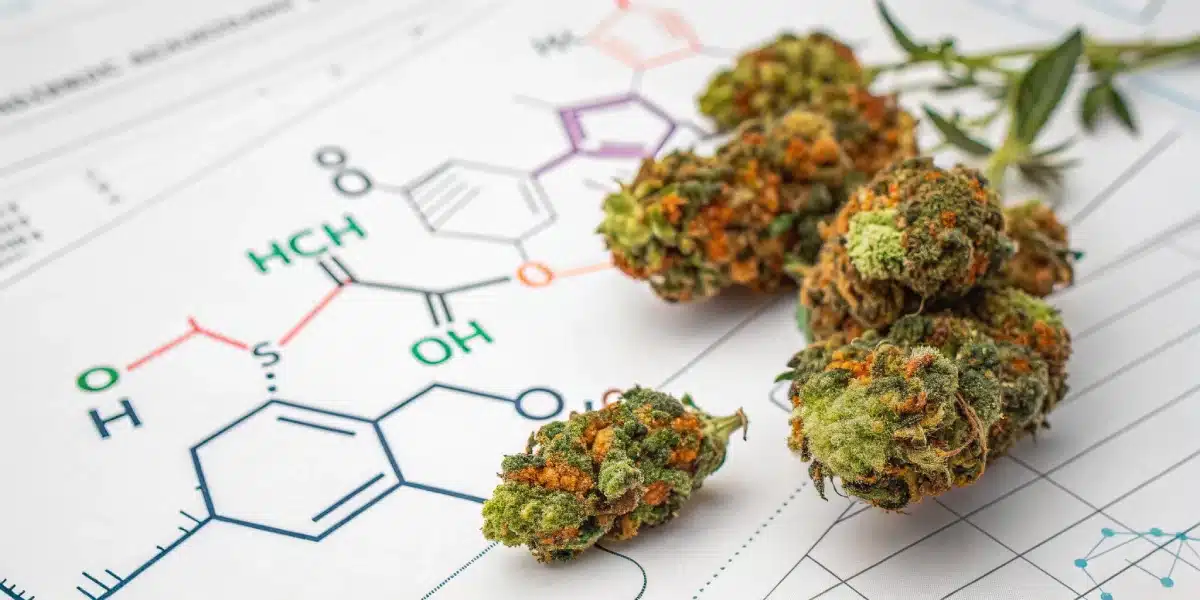
Faqs
What are cannabis terpenes and why do they matter?
Cannabis terpenes are natural oils that give the plant its scent and flavor. They work with cannabinoids to shape your experience. Terpenes can affect mood, pain, and stress levels.
How is terpene content measured?
Experts use gas chromatography to measure terpene content. This method breaks down the sample and shows exact percentages. Lab reports detail what is a good terpene level for cannabis.
What is a good terpene level for cannabis?
Many experts suggest that a balanced level of 1-3% terpenes is ideal. This range often delivers great flavor and effect. You may find that what is a good terpene level for cannabis depends on the strain.
How do different terpenes affect the cannabis experience?
Different terpenes provide different effects. Limonene lifts mood and reduces stress. Myrcene helps you relax and may ease pain. Pinene boosts alertness and memory. Linalool calms anxiety. Caryophyllene fights inflammation. Terpinolene offers mild sedation. Humulene may curb appetite.
What should I look for in lab reports?
Good lab reports show detailed terpene percentages and types. Look for a clear breakdown that helps you know what is a good terpene level for cannabis. Compare reports from different products to find the best match for your needs.
Can I adjust terpene levels through cultivation?
Growers can influence terpene levels by adjusting light, temperature, and nutrients. The extraction method also matters. Skilled cultivators work to achieve what is a good terpene level for cannabis by tweaking these factors.
Cannabis terpenes add depth to your experience. They improve flavor, aroma, and therapeutic benefits. Knowing what is a good terpene level for cannabis helps you select products that meet your needs. Use lab reports and your own senses to guide your choices.
Take time to learn about each terpene. Check the numbers on product labels. This way, you know what is a good terpene level for cannabis in every purchase. A balanced profile makes every session more enjoyable.


